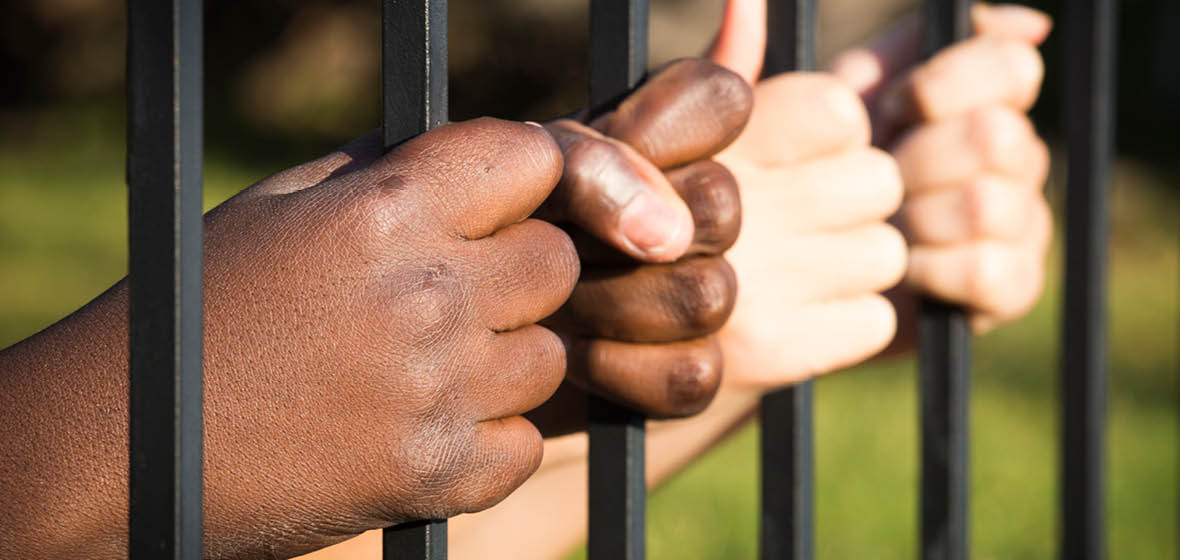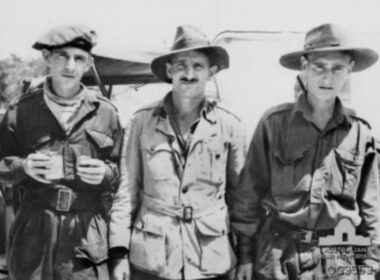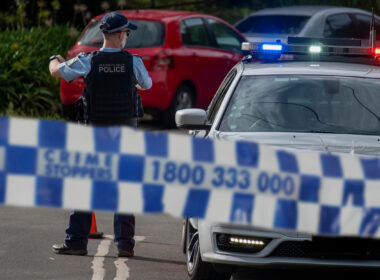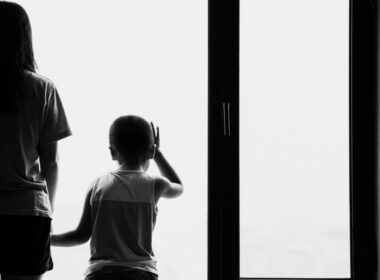While the rate of young Aboriginal and Torres Strait Islander people under youth justice supervision has fallen over the past five years, legal experts say new figures continue to “highlight systemic problems”, including the overrepresentation of Indigenous youth in custody.
The latest report on the data by the Australian Institute of Health and Welfare (AIHW), Youth Justice in Australia 2018–19, released on May 15 detailed the rates of young people aged between 10 and 17 years under youth justice supervision, both in the community and in detention.
“Between 2014–15 and 2018–19, the level of Indigenous over-representation in youth justice supervision stabilised,” Anna Ritson, spokeswoman for the AIHW, said.
“The rate of Indigenous young people aged 10–17 under supervision on an average day fell from 176 to 172 per 10,000. The rate of non-Indigenous young people fell from 12 to 11 per 10,000.
“Although only about 6 per cent of young people aged 10–17 in Australia are Aboriginal or Torres Strait Islander, half (2,448) of the young people under supervision on an average day in 2018–19 were Indigenous.”
Many leading legal and child welfare organisations, including the Law Council of Australia, the Aboriginal Legal Service, Legal Aid, the Australian Medical Association, the Australian Human Rights Commission and the Law Society of NSW are calling for the minimum age of criminal responsibility to be raised to 14 years old and the removal of doli incapax.
On an average day in 2018–19, there were 5,694 (or approximately 1 in 490) young people aged between 10 and 17 under youth justice supervision following a conviction or allegation of a crime. Throughout the year, a total of 10,820 young people remained under that supervision.
The figures continue to paint a picture of an Australia where being Indigenous, coming from a remote area, or growing up in low socioeconomic circumstances increase a child’s likelihood of contact with the youth justice system.
Pauline Wright
Based on the most recently available 2018-19 figures, Indigenous young people aged 10–17 are 16 times as likely to be under supervision as non-Indigenous young people in 2018–19. Data shows many who enter the youth criminal justice system will also migrate to the adult system when they turn 18. As many as 1 in 3 inmates currently in the adult prison are Aboriginal or Torres Strait Islander.
The most common age for young people placed under supervision was 16-years-old for females and 17-years-old for males.
Ritson noted “being under youth justice supervision doesn’t always mean a young person is in detention”.
“Around four in five young people (4,767) received community-based supervision such as home detention, bail, parole and probation,” she said.
Law Council of Australia President Pauline Wright, while praising the reduction, said the figures “continue to paint a picture of an Australia where being Indigenous, coming from a remote area, or growing up in low socioeconomic circumstances increase a child’s likelihood of contact with the youth justice system.”
“The report of a slight reduction over the past five years … only serves to highlight systemic problems,” Wright said in a statement.
“We are also concerned that there has been no improvement to the rates of children in detention awaiting the outcome of their legal matter or sentencing … this is particularly disturbing given that when they do come to court, many of these children will not be sentenced to any time in detention.”




